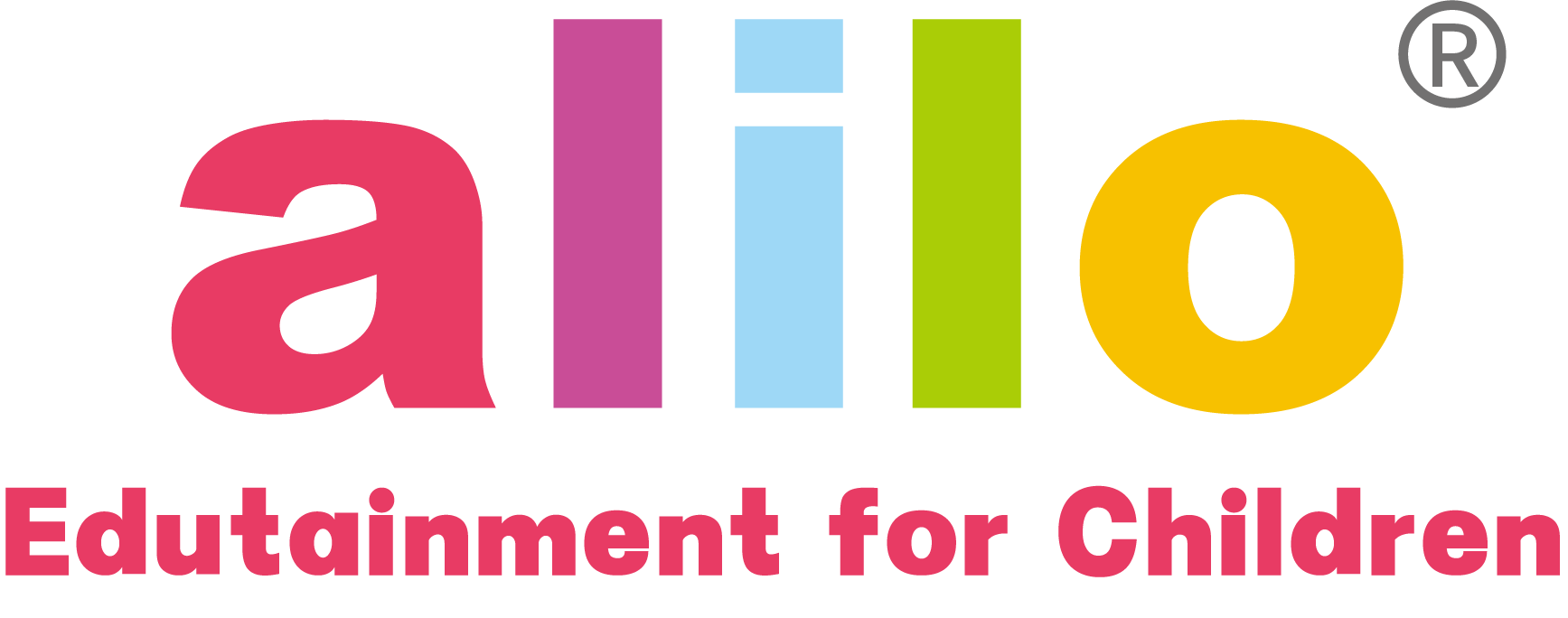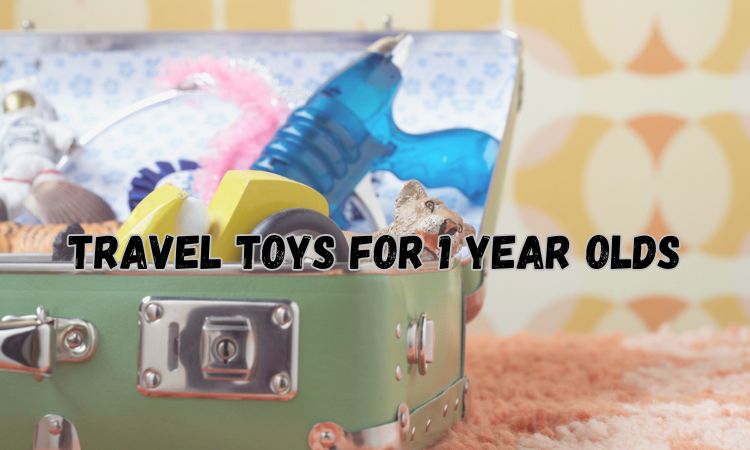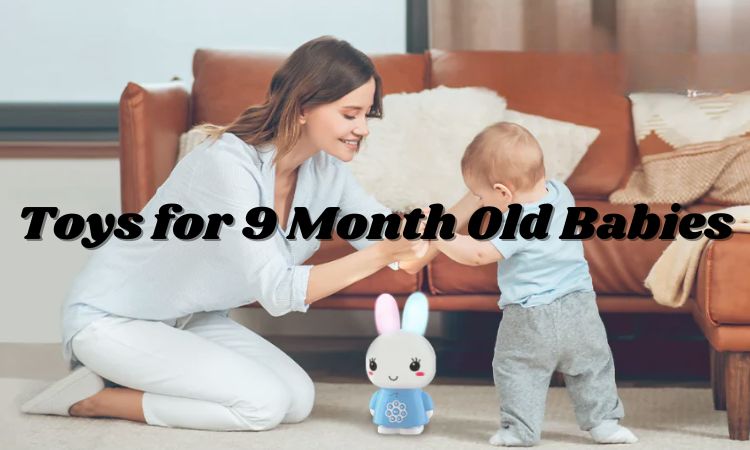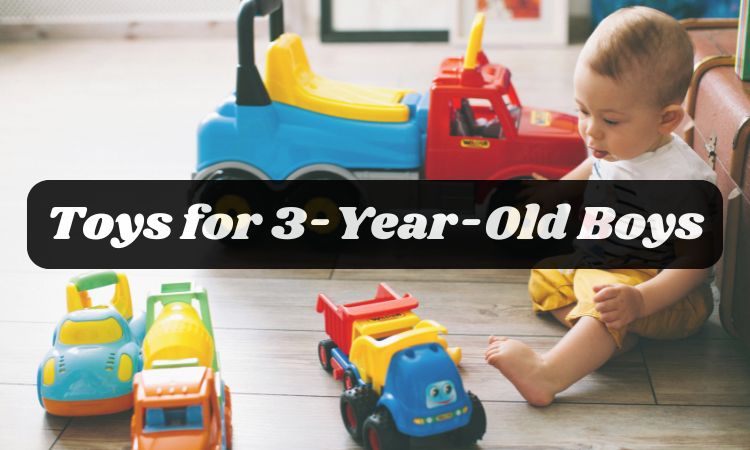What Are Sensory Toys and How Do They Help Children?
A child fidgets with a squishy ball during quiet time, their focus sharpening with each squeeze. Another giggles as water beads slip through their fingers, fully immersed in the moment. These aren’t just playful distractions—they're powerful tools that help children explore their world, regulate emotions, and build essential skills. Sensory toys tap into a child’s natural curiosity, helping kids engage their senses in fun, purposeful ways.
In this blog, we’ll explore what sensory toys are, the benefits they offer to children, and how to select the best options for your little ones. We’ll also highlight the different types of sensory toys available. Keep reading to uncover how these toys can support your child’s development.

Alt: Sensory toys
What Are Sensory Toys?
Sensory toys are specially designed to engage your child’s senses—like touch, sight, and sound—in fun, creative ways. They can be anything from soft, squishy balls and textured fidget toys to light-up spinners and musical gadgets. By offering a variety of colors, shapes, and feelings to explore, these toys help kids learn about the world around them while keeping their hands and minds busy.
Sensory toys do more than entertain. They can help kids improve fine motor skills, sharpen their focus, and calm their minds when they’re feeling overwhelmed. They’re also great for sparking curiosity and encouraging hands-on learning. Through experimentation and exploration, kids discover new textures, develop their problem-solving skills, and gain confidence in their abilities.
Benefits of Sensory Play
Sensory play is thoughtfully designed to support your child’s growth and development. By incorporating sensory activities into their routine, you’re giving them a chance to learn, explore, and build essential skills. Some of the top benefits include:
Supports Cognitive Growth and Problem-Solving
Through hands-on activities, children explore new textures, smells, colors, and sounds, helping them understand the world around them. As they experiment—like mixing colors or building and knocking down towers—they begin to grasp cause-and-effect relationships and develop creative problem-solving skills.
Strengthens Motor Skills
Sensory play, like squishing playdough, pouring water, and threading small objects, builds both fine and gross motor abilities. It strengthens the tiny hand muscles needed for everyday tasks, from writing to fastening buttons.
Enhances Communication and Social Abilities
While engaging in sensory activities, children naturally talk about their experiences, ask questions, and describe what they feel, see, or hear. Using tools like a reading pen, they can further expand their vocabulary, improve conversational skills, and encourage sharing and collaboration with others.

Alt: Reading pen
Fosters Emotional Regulation
Sensory play can have a calming effect on children, helping them manage emotions and self-soothe. It’s an enjoyable way for kids to process feelings, especially when they’re feeling overstimulated or upset.
Encourages Creativity and Imagination
Open-ended sensory materials inspire kids to think outside the box. By exploring different ways to interact with the materials, they learn to approach challenges creatively and build confidence in their ability to adapt and innovate.
Types of Sensory Toys
Sensory toys aim to engage a child’s senses, helping them explore the world through sight, touch, sound, smell, and even taste. Let’s take a closer look at the different types and examples of toys that stimulate each sense.
Visual Toys
Visual sensory toys stimulate a child’s ability to track, focus, and respond to changing colors and patterns. These toys often rely on vibrant designs, lights, and movement to keep little ones captivated.
Some visual toys include:
l Lava lamps
l Light-up spinners
l Kaleidoscopes
l Color-changing LED toys
Tactile Toys
Tactile toys engage a child’s sense of touch, offering different textures, shapes, and surfaces for them to explore. They help develop fine motor skills and body awareness while providing a calming sensory experience.
Some tactile toys include:
l Playdough and putty
l Fidget cubes and spinners
l Sensory balls with bumpy or squishy textures
l Weighted blankets or lap pads
Auditory Toys
Auditory sensory toys focus on sound, encouraging children to listen, identify, and respond to different noises. These toys are often musical or interactive, sparking curiosity and promoting early auditory development.
Some auditory toys include:
l Musical instruments (like xylophones or tambourines)
l Talking or singing toys
l Noise-making baby rattle
l Rain sticks or wind chimes

Alt: Baby rattle
Olfactory and Gustatory Toys
Olfactory and gustatory toys stimulate a child’s sense of smell and taste, making them curious about different aromas and flavors. They can be particularly helpful for kids who are hesitant to try new foods or textures.
Some olfactory and gustatory toys include:
l Scented markers or crayons
l Aromatherapy playdough with essential oils
l Edible sensory items
How to Choose the Right Sensory Toy?
Selecting the right sensory toy means considering both the child’s interests and their developmental needs. With so many options available, it’s important to pick something that truly benefits them. Here’s what to consider:
l What are your child’s sensory preferences: Every kiddo is unique! Some are mesmerized by glowing lights and shifting colors, while others adore squishy textures or soothing sounds. Tune in to what sparks your child’s interest and focus on toys that match those sensations.
l Where are they developmentally: Think about what stage your child is in and what they’re working on right now. Are they building fine motor skills or starting to recognize patterns and sounds? Choosing a toy that supports their current growth can help them learn and play at the same time.
l How much stimulation is just right: While sensory toys should be engaging, it’s important they’re not too overwhelming. A toy with gentle textures or soft sounds might be more calming for some children, while others may love something more dynamic and interactive. Strike that balance to keep them happily engaged.
l Is it safe and age-appropriate: Safety first! Check the manufacturer’s recommended age and look for materials that are non-toxic and durable. Ensure that your child can explore their new sensory toy without you worrying about small parts or harmful substances.
Conclusion
By now, you likely have a clear understanding of what sensory toys are. Sensory toys offer more than just fun—they’re powerful tools that help children explore, learn, and grow. By engaging their senses, kids can sharpen motor skills, develop problem-solving abilities, and find comfort in calming, hands-on play. The variety of sensory toys available ensures that every child can discover something that inspires curiosity and creativity. Don’t wait—introduce sensory toys today to enrich your child’s playtime.
FAQs about What Are Sensory Toys
What are some examples of sensory toys?
Some popular examples of sensory toys include textured stress balls, fidget spinners, light-up wands, musical instruments, and scented playdough. These toys engage the senses of touch, sight, sound, smell, and even taste.
What is the purpose of a sensory toy?
Sensory toys are designed to stimulate a child’s senses and help them explore the world in a safe, engaging way. They often support developmental milestones, encourage creativity, and provide calming benefits for children who feel overwhelmed.
Are sensory toys only for children with autism?
No, sensory toys can benefit all children, not just those with autism. They’re widely used to support various developmental needs, help with focus, and promote sensory exploration for kids of all abilities.
When should sensory toys be used?
Sensory toys can be introduced as early as six weeks, when babies start focusing on bright objects. By three months, babies are ready to reach out and grasp toys such as soft rattles, textured balls, and fabric books designed for hands-on exploration and discovery.







Share and get 5% off!
Simply share this product on one of the following social networks and you will unlock 15% off!